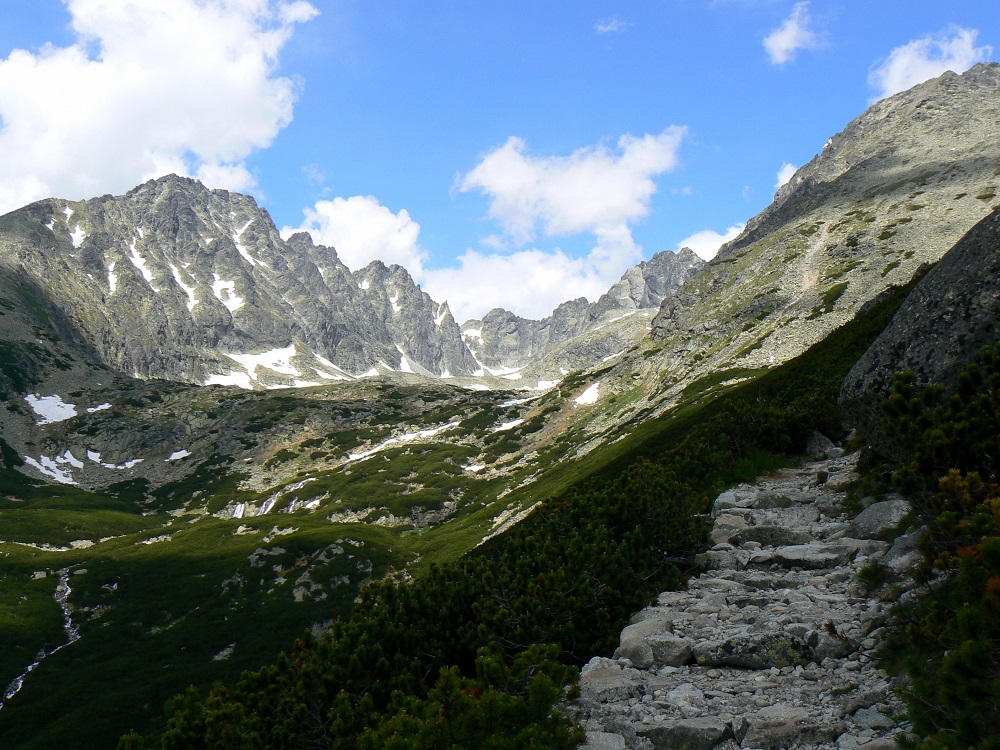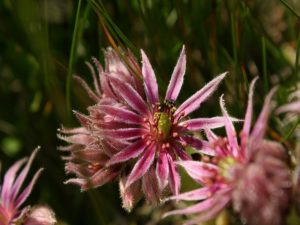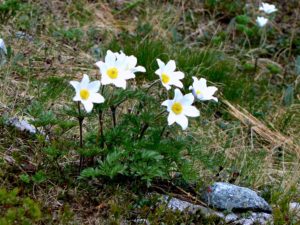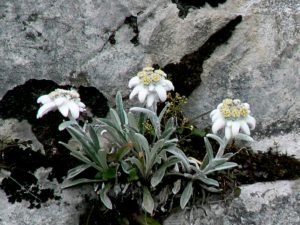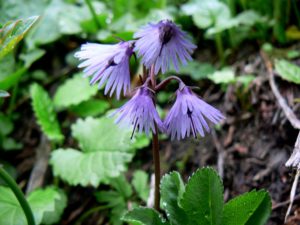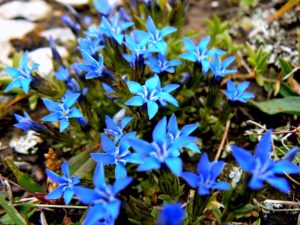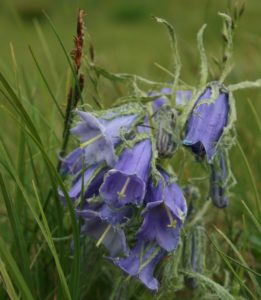Tatra Mountains are the highest mountain range in Carpathian Mountains. The highest peak is Gerlach Peak (2655 m.a.s.l.), which is located in Slovak part of Tatras. The highest peak in Polish Tatras is Rysy Peak (2499 m.a.s.l.). Tatra Mountains area is 750 m2, 53 km long and 18,5 km wide. They start from Huciańska Pass on thee west, to Zdziarska Pass on the east.
Tatra Mountains have an alpine character. Great part of them is located in Slovakia, to Poland belongs a little bit more than 20% of their area.
Tatras division
Tatra Mountains are very diversified and have different geological structures and because of that, they’ve been divided to 3 parts:
- Western Tatras – from Huciańska Pass to Liliowe Pass. They’re made of sedimentary rocks, mainly limestones. The highest peak of this part is located in Slovakia Bystra (2248 m.a.s.l.), and on Polish side: Starorobociański Peak (2176 m.a.s.l.)
- High Tatras – from Liliowe Pass to Przełęcz pod Kopą, made of granitoids. Their highest peak is Gerlach (2655 m.a.s.l.) in Slovakia and Rysy (2499 m.a.s.l.) in Poland.
- Belianskie Tatras – from Przełęcz pod Kopą to Zdziarska Pass, located only in Slovakia. Their highest peak is Hawrań (2152 m.a.s.l.).
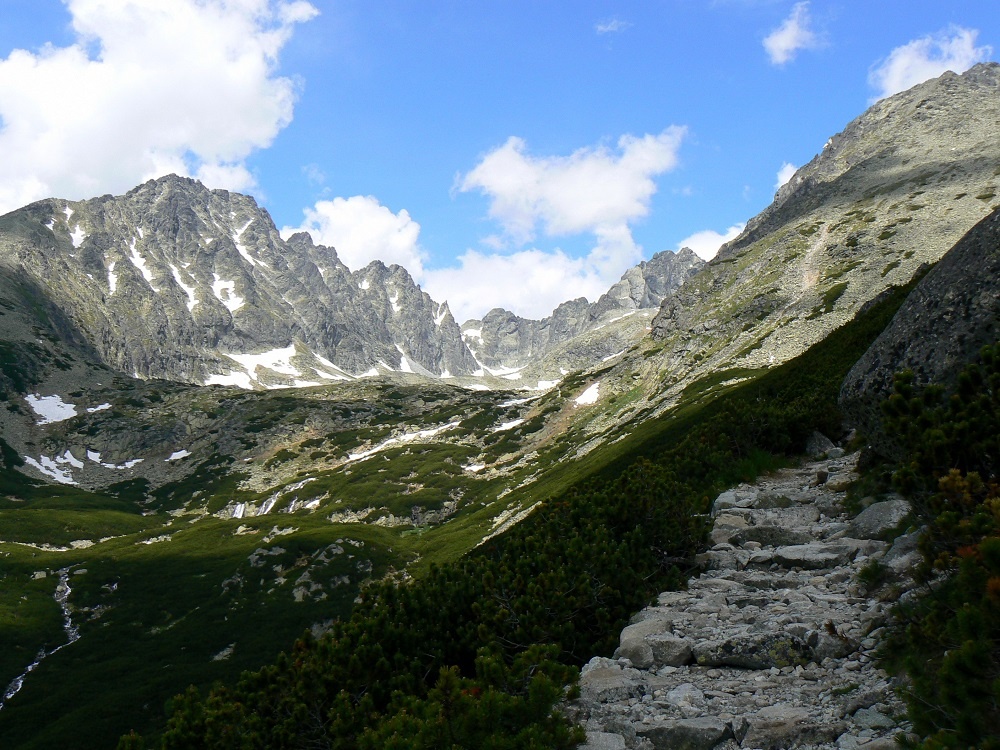
Tatras geological structure
Tatra Mountains are young mountains, because they arised in tertiary (65-1,8 mln years ago), during alpine orogeny, when Alps, Pyrenees, Apennines, Himalayas and Caucasus have been created.
But the Tatras main rock body arised much earlier, in mesozoic (250-100 mln years ago). It’s interesting, that the majority of rocks that mountains are now made of, where created in totally different region.
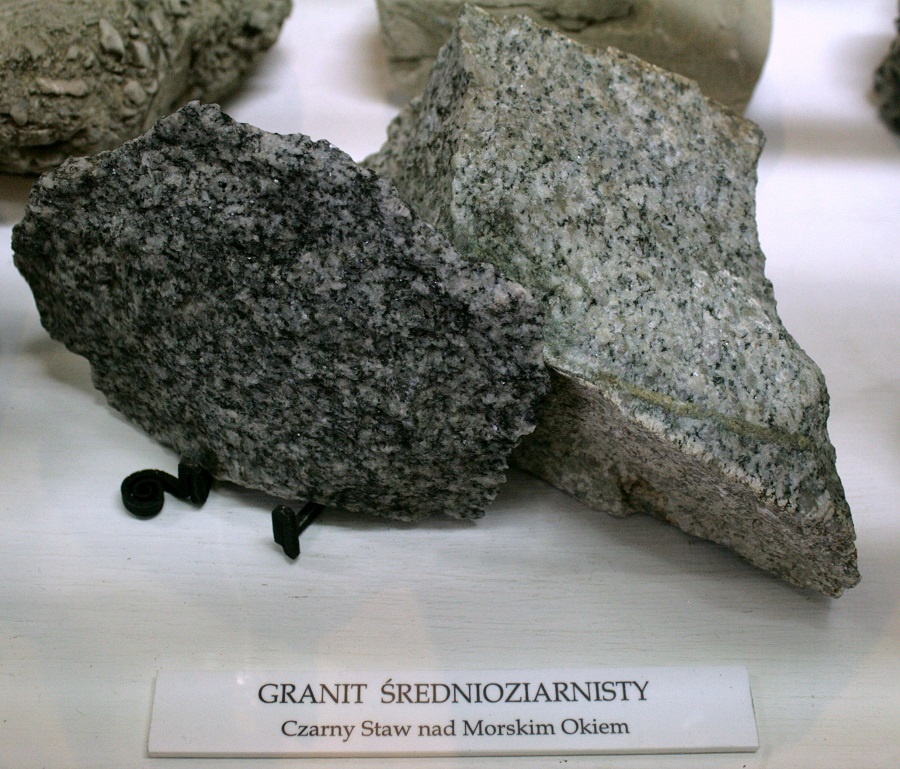
Tatras Museum’s collection
Tatras are made of metamorphic, igneous and sedimentary rocks. Whole Tatras building is based on its granite core, which is a metamorphic rock, located mainly in High Tatras. Sedimental rocks (limestone, dolomite, sandstone) have built Western and Belianskie Tatras. As a result of long and complicated history of Tatras arising, they have big diversity of stones types.
The biggest influence on present Tatras relief had glaciations, which started about 1,5 mln years ago. We can observe effects of glaciers activity in shapes of some Tatras valleys (shape of a letter ‘U’) or glacial cirques.
In Tatras, there are elements of its relief, that are not connected with glaciers. They’re karst’s forms, which means carbonate rocks (ex. limestone) dissolution by water. Effects are visible in Western Tatras: caves in Kościeliska or Chochołowska Valleys.
Tatras climate
Tatras climate is alpine, but in temperate climate zone. Winter in mountains starts in October, but snow often falls much earlier. It ends in April or May, but, again, it happens that even in June there’s lot of snow in high parts of Tatras. In some places snow never melts and remains all year. For this type of climate, characteristic feature is big amount of rainfalls – about 1800 mm per year on Kasprowy Wierch.
Inherent element of Tatras climate is halny wind, that is equivalent of foehn wind in Alps. It appears as a result of pressure difference between two sides of mountain slopes. The wind is warm and dry, but its gusts are really strong and they often cause big damages of forest stands.
The other characteristic feature of Tatras climate are rapid weather variations in short period of time. It is really important when you’re planning a mountain trip, because even if it’s sunny in the morning, it doesn’t mean that there won’t be dangerous storm later.
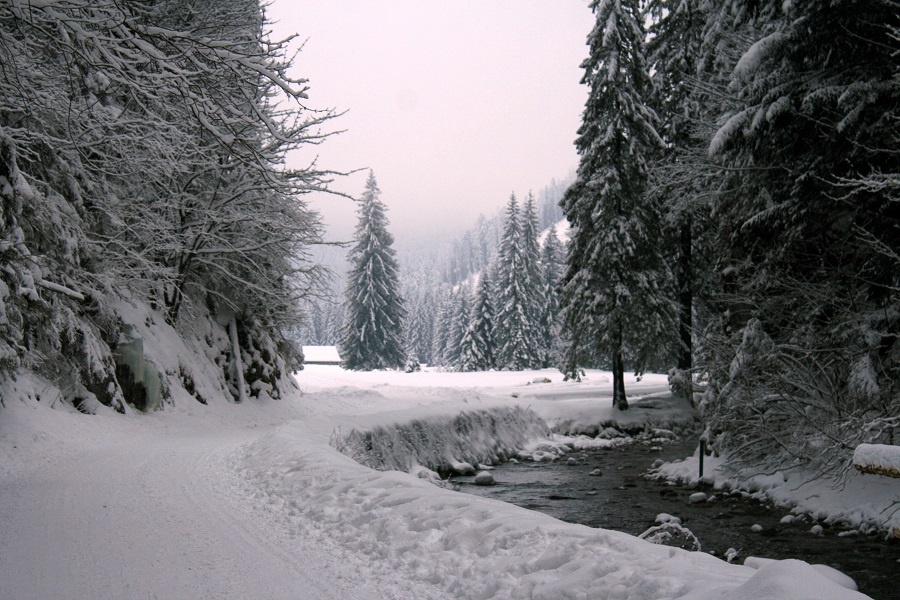
Tatras flora and fauna
Flora
Tatras plant life is divided in zones. You can see it on below picture:
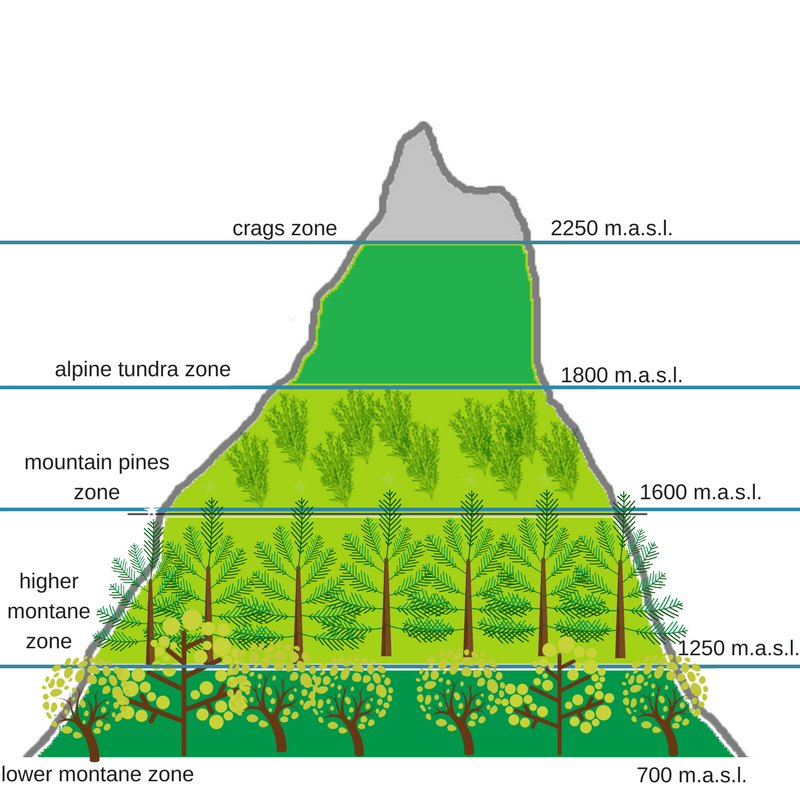
In the lower montane zone there are forests, once deciduous, now spruce with some beech trees, firs and larches. Higher montane zone is coniferous forest, where almost only spruces grow. Between higher montane zone and mountain pines zone (1500-1600 m.a.s.l.), grow some stone pines and mountain rowans.
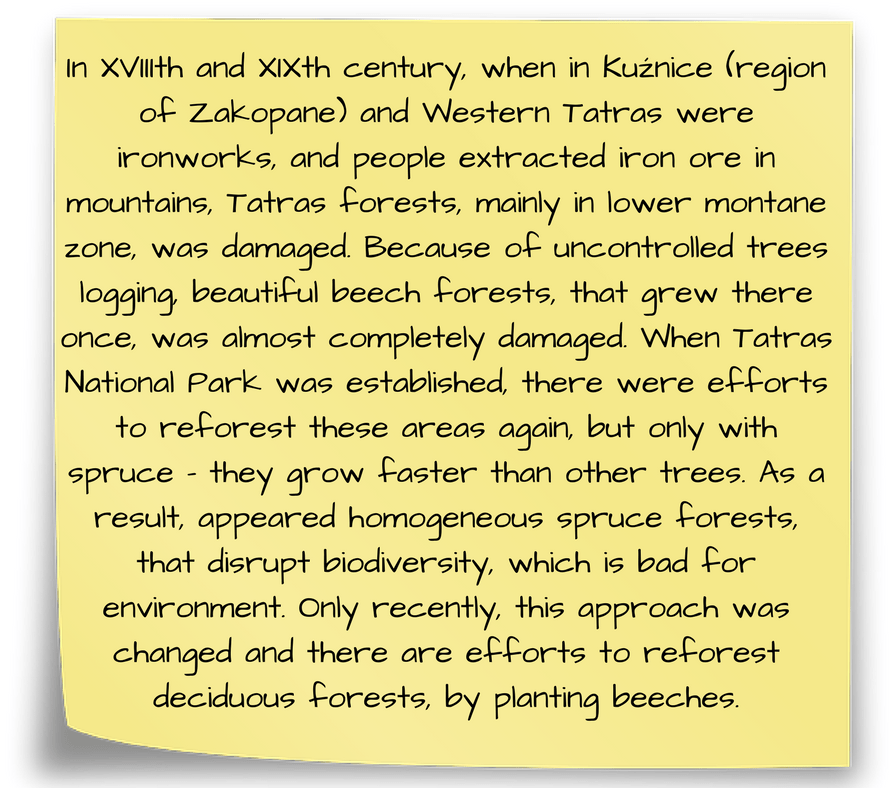
Just above montane zones, there is mountain pines zone. It is a bush or a low coniferous tree from pines family. Mountain pines often create low but dense thickets.
Above 1800 m.a.s.l. there is an alpine tundra zone, which is alpine meadow. In former times, highlanders pastured there their sheep, but since there is a Tatra National Park here, grazing is allowed only on strictly set meadows and it’s strongly limited.
Over the alpine tundra zone, there is a crags zone, with very limited plant species.

As a result of climate’s differentiation, Tatras flora is very diverse. In Tatra National park there are lots of endemic plants.
The Tatras symbol is edelweiss and crocus. Other interesting Tatras plants you can see in below gallery.
- Sempervivum montanum
- Alpine pasqueflower
- Edelweiss
- Aconitum firmum
- Soldanella carpatica
- Willow gentian
- Spring gentian
- Alpine poppy
- Campanula alpina
Remember, that all Tatras plants are under protection of Tatra National Park and picking them or damaging them is strictly forbidden.
Fauna
In lower montane zone, there are animals typical for Polish forests: roes, deer, wolf, buzzard, hare or fox. In higher montane zone live bears, and in alpine meadows and crags area, there are eagles and hawks.
In mountain pines zone, alpine meadows and crags, there are animals, that are don’t found anywhere in Poland, besides Tatras: marmots, chamois, voles or wallcreepers. Seeing a marmot in Polish Tatras is almost impossible, but chamois are relatively often visible on mountain trails or somewhere in the distance, especially in Western Tatras.
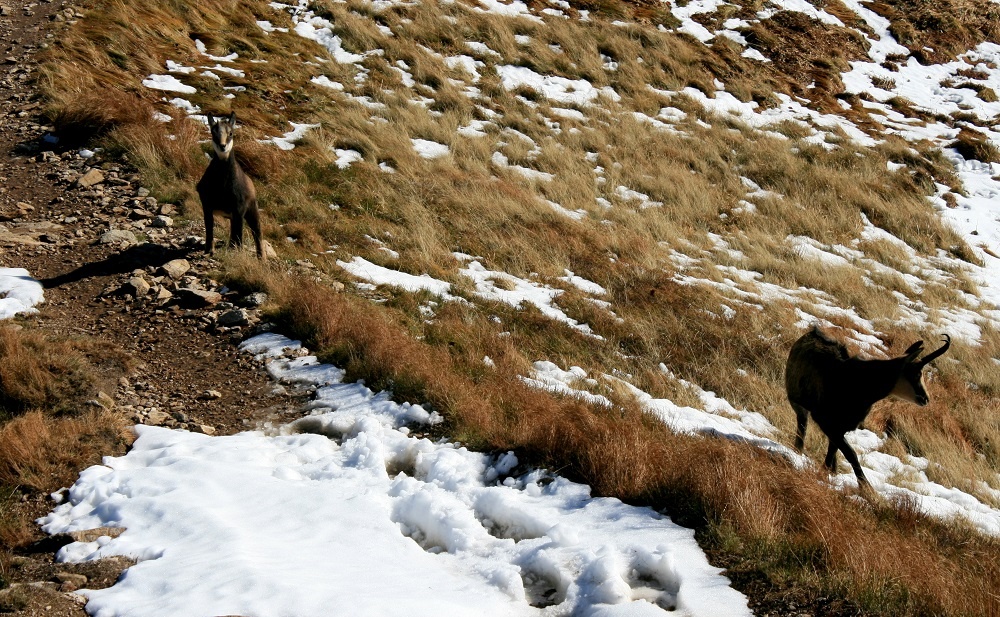
Tatra National Park
All Tatras area is under protection – in Poland this is Tatra National Park (TPN) and in Slovakia – Tatranský Národný Park (TANAP). Tatra Mountains is the area, where humans activities are subordinated by nature protection.
Tourist activities in Tatras are allowed only on specified trails and doing sports, like paragliding or mountain-climbing are possible only in restricted areas. Littering, nature damaging, plants picking, noising and animals feeding are forbidden in Tatras. In Tatra National Park nature is the one that rules and human can observe it and learn from it, but cannot intervene.
Tatra National Park’s area is 21,197 ha, which makes it one of the biggest national park in Poland. It was found in 1954.


